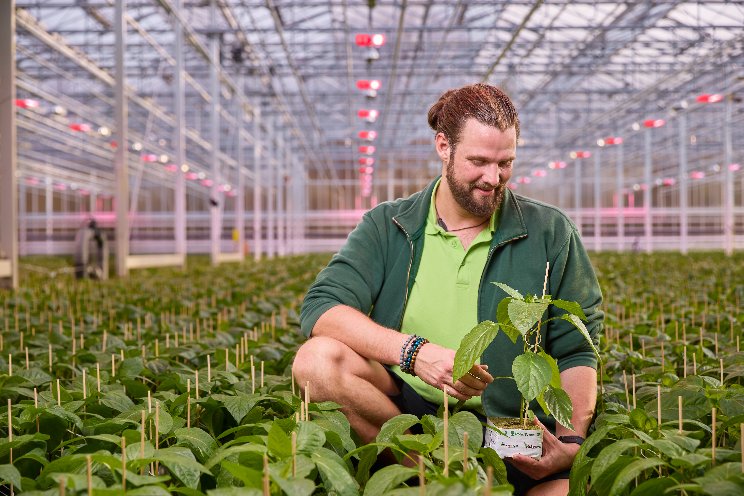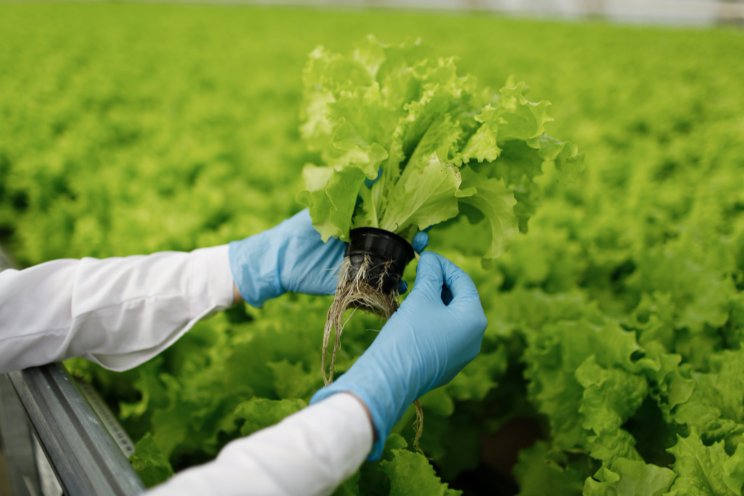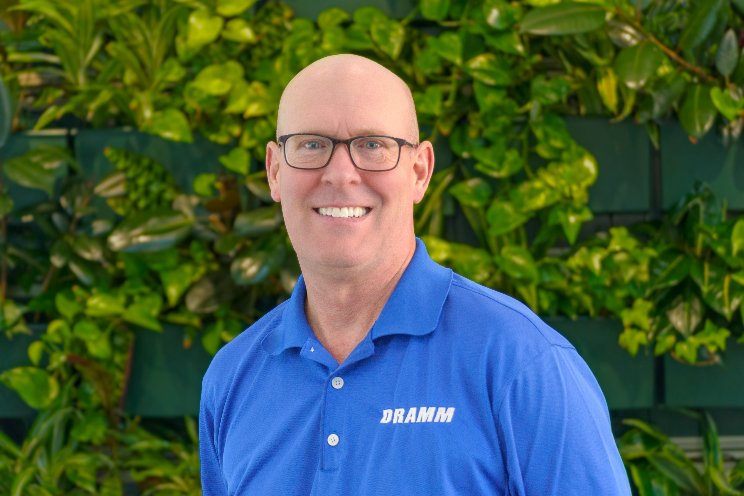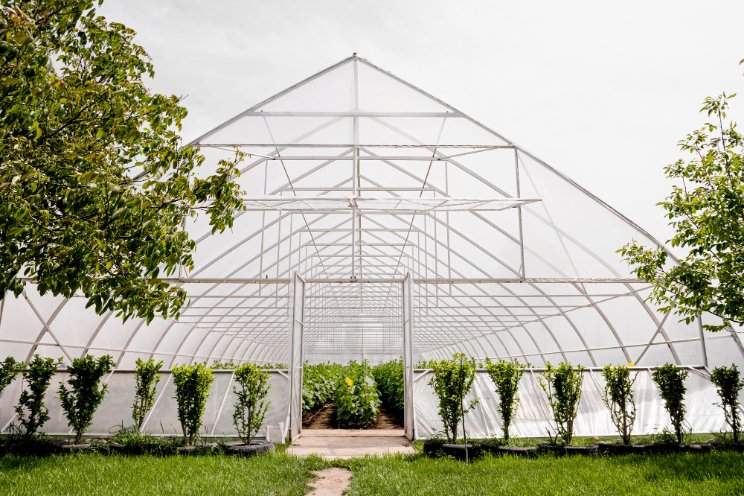Cultivation without high-risk pesticides is possible
Added on 28 August 2023
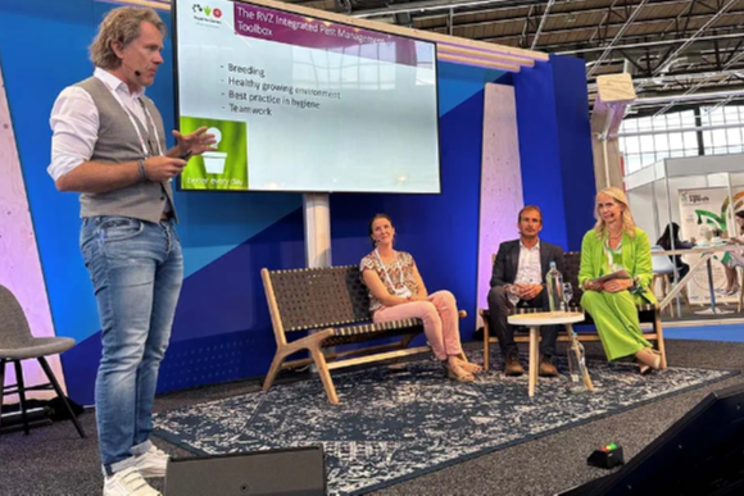
Guido Roozemond, global product manager for Koppert, noted that, in Europe, there will be a drop in the number of chemical pesticides (actives) registered over the next few years – meaning that “we will have less products available for the control of pests and diseases.”
He added that there will, however, be an increase in biological actives – but this increase “will not be as rapid as we would like it to be. And that's mainly because of registration hurdles and long timelines in the registration. So, this means actually that we need to get the most out of the [biological] products that are available in the market.”
Johanna Bac-Molenaar, a plant health researcher at Wageningen University and Research’ Greenhouse Horticulture business unit, explained that – as we look to the future – crop cultivation without “conventional” chemical pesticides requires growers to combine different “building blocks of green innovations,” including biological controls. “And if you combine these building blocks, then we think you can get a real, resilient cultivation system.”
Hygiene
The audience learned that “being clean and staying clean” is the first place to start. Dik van Alphen, international operations manager for global plant breeder Royal van Zanten, advised growers of glasshouse crops to begin their production cycle with clean plant materials – making wise plant selections.
He noted that another simple measure is to ensure the glasshouse has a “double door” to reduce the risk of pests and diseases being brought into the growing area. He explained: “You see a lot [of pests and diseases] just being brought in by people. So, you wash your hands. You wear aprons, if you walk outside in the grass, you don't you don't take any insects inside. Just simple things like it.”
Photo: GreenTech
More news
